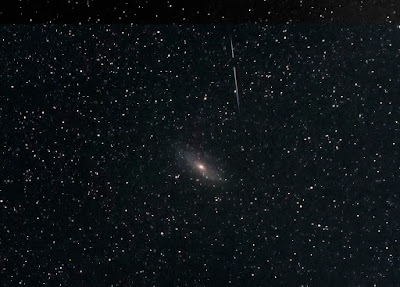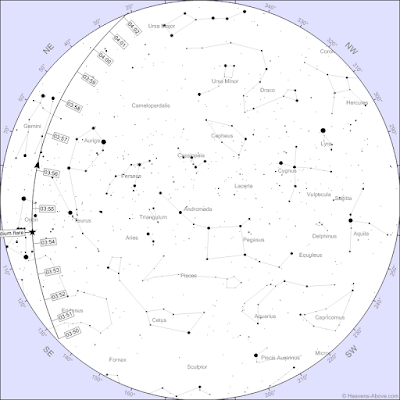“A wonderful bird is the Pelican.
His beak can hold more than his belly can.
He can hold in his beak
Enough food for a week!
But I'll be darned if I know how the hellican?”
― Dixon Lanier Merritt
Pelican Nebula Astrophotography without telescope taken Canon 60Da, iOptron skytracker, EF200mm f/2.8L II USM, f/4.0; ISO 6400, Deep Sky Stacker 144 images x 20 sec
 |
| Pelican Nebula Astrophotography IC5070 and IC5067 |
 |
| Pelican |
For comparison I show also smaller set of image Canon 60Da, EF200mm f/2.8L II USM, f/4.0; ISO 6400, Deep Sky Stacker 29 images x 20 sec
| Pelican Nebula Canon60Da iOptron SkyTracker EF200mm f2.8 L II USM_Astrophotography |
 |
| Northern America nebula and Pelican Nebula and Deneb Star |
Sky location of Pelican Nebula see on my collage
 |
| Pelican Nebula, Sky Location Milky Way and real Pelican Collage |













































